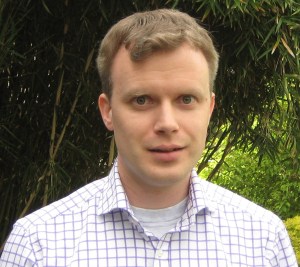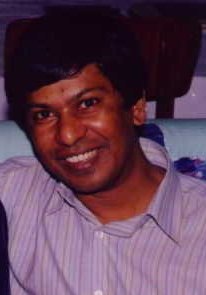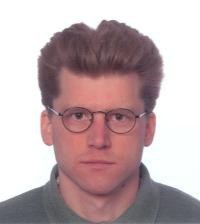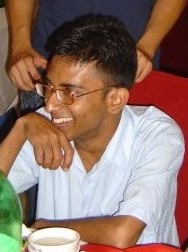
Thomas Bäckdahl is a Post-Doctoral Research Assistant in the School of Mathematics at the University of Edinburgh.
Conserved quantities, for example energy and momentum, play a fundamental role in the analysis of dynamics of particles and fields. For field equations, one manifestation of conserved quantities in a broad sense is the existence of symmetry operators, i.e. linear differential operators which take solutions to solutions. A well-known example of a symmetry operator for the scalar wave equation is provided by the Lie derivative along a Killing vector field.
It is important to note that other kinds of objects Continue reading









You must be logged in to post a comment.